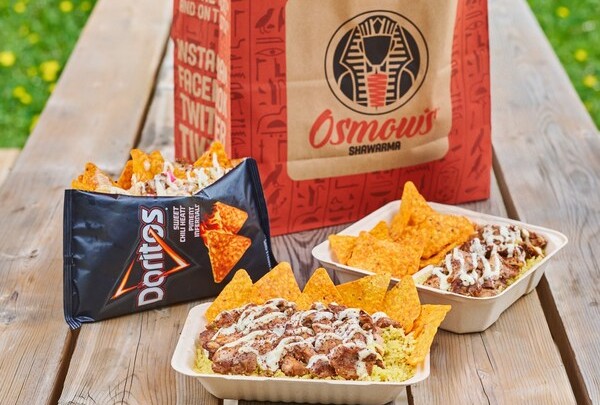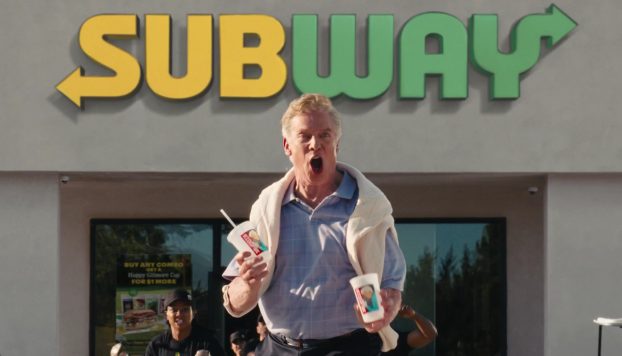In April 2012, Pema Hegan, founder of mobile startup Checkout 51 and strategist at Rethink, as well as friend and business partner Noah Godfrey were looking to start another venture (in 2006 the duo founded GigPark, a review site for local businesses, which was acquired by Canpages in 2010).
“One opportunity we kept coming back to was the humble grocery store receipt,” says Hegan. “When you start to analyze that data you can start to find out some really interesting things including – does that shopper have children at home? Do they have sensitive skin? Do they shop regularly on a Thursday or spend more than $250? We wanted to create a startup that could capture that data, cheaply, quickly and easily. ”
Thus was born Checkout 51, an iPhone app that offers discounts when users snap a photo of the receipt. It works like this: brands offer coupons, which are uploaded on Thursdays. Consumers pay full price for the item at any store in Canada, snap a photo of the receipt and their account is credited with the amount of the coupon. Once their account reaches $20, Checkout 51 sends them a check in the mail. Checkout 51 maintains and manages the database of information collected from the app.
Launched on December 10, the app has already skyrocketed to number one in the Canadian lifestyle apps on iTunes, with more than 37,000 downloads and 40,000 coupons redeemed, despite no marketing efforts behind its launch. It first partnered with Kraft and has since brought on six other major manufacturers, including Kellogg and Clorox to offer coupons.
The real benefit for brands, Hegan says, is the opportunity to hyper-target consumers based on past purchase behaviour. For example, if a brand were to launch a new organic product, they could use the app to send out coupons only to consumers who have a history of buying organic. Companies can also access real-time results, such as when and where coupons are redeemed and the gender of people doing the collecting.
Brands, Hegan says, pay Checkout 51 the cost of the coupon and a processing fee (based on redemption) that varies based on the level of targeting the brand hopes to achieve. Brands set the redemption limit, so once it is reached (say 100 coupons redeemed at $1 a piece), the offer expires.
“It really allows you to go from very broad-based demographic targeting to very specific purchase behavior targeting,” says Hegan. “We’re bringing couponing out of the dark ages.”
Going forward, Hegan says they’ll begin actively marketing Checkout 51 in the coming months as well as release an Android version of the app. He adds they’re working on more social integration (such as offering bigger incentives when consumers share deals with friends over social media), which he hopes to roll out in the next year. Though reluctant to share details when asked about features like geo-targeting, Hegan says they’ve got “stuff in the works,” hinting that location-based coupons is a possible future iteration.
























